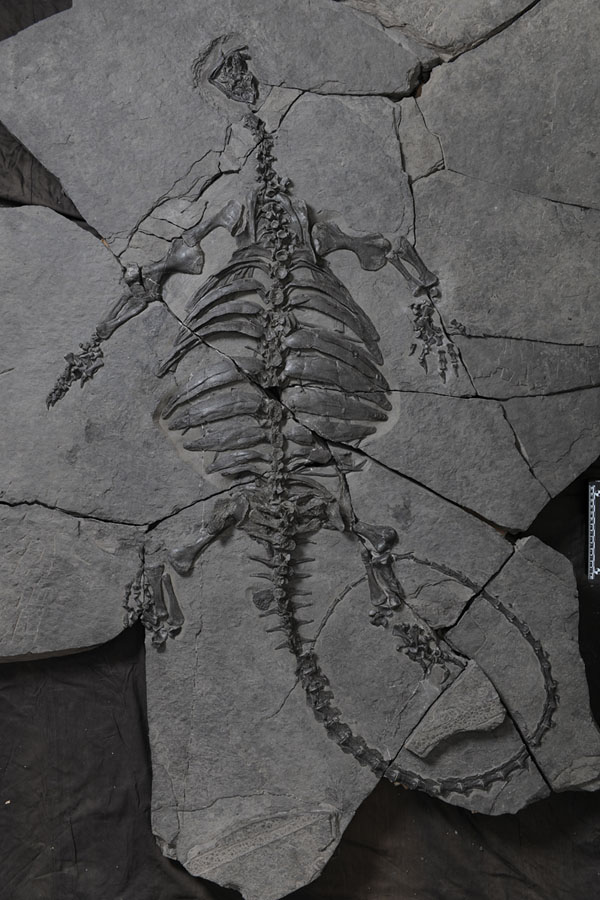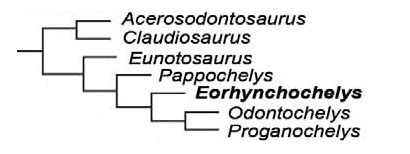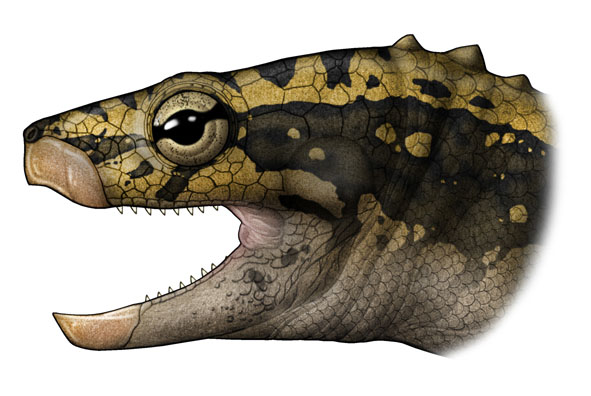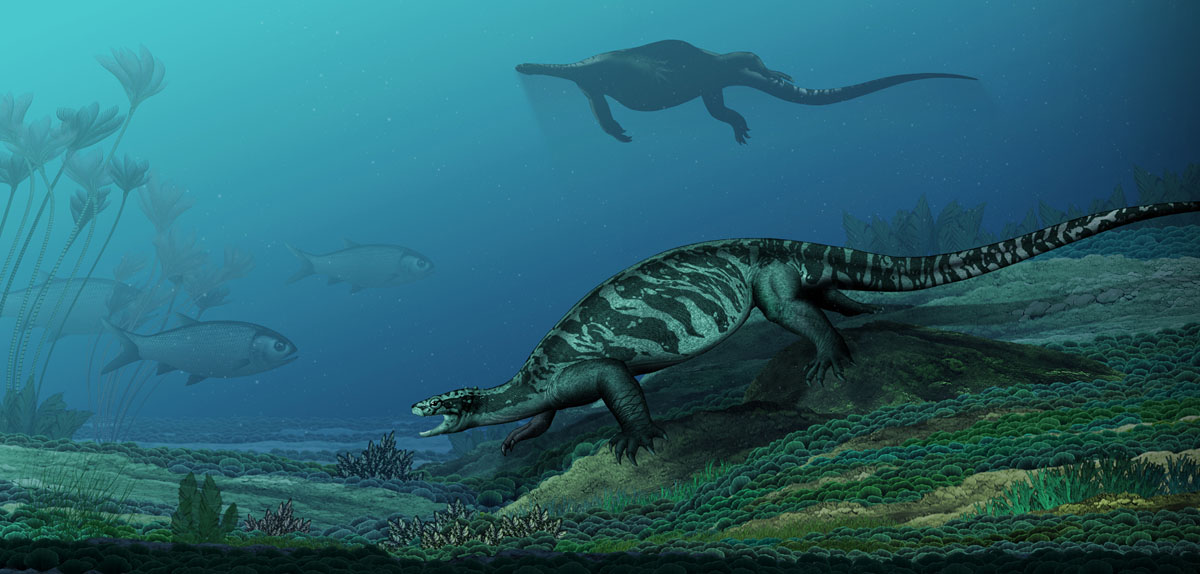Turtles are familiar animals, but their evolutionary history is one of the biggest mysteries in paleontology: whether they originated independently from anapora (no other openings in the skull behind the eye holes), or whether they were related to lizards and crocodiles. Along with dinosaurs (including birds), etc., evolved from the ancestors of diapsids (there are also two pairs of temporal holes in the skull behind the eye holes)? The body structure of turtles is very different from other four-legged animals. Its trunk is very short and is wrapped by a closed carapace (carapace and plastron). Its internal bones, such as spine, ribs, shoulder girdle, belt, etc., are not only integrated with the carapace, but also have a series of specializations. . Turtles have no teeth in their mouths, instead they have horny beaks like birds. The differences between turtles and other four-legged animals, including amphibians, reptiles, birds and mammals, are as vast as the differences between cable cars and various automobiles. The question is, did these unique skeletal structures of turtles develop overnight or gradually? What is the specific process? People used to think that this body pattern of turtles arose "suddenly" in their evolutionary history. Since then, it has remained basically unchanged for more than 200 million years, starting from Proganochelys quenstedti at the end of the Triassic. The early stages of turtle evolution were crucial, but fossil representation has long been sparse, particularly lacking fossil evidence of carapace formation and tooth loss. Workers in developmental biology, molecular biology and paleontology have devoted themselves to the study of the origin and early evolution of turtles, but the results have been limited and they can only speak their own words. It was not until 2008 that Chinese scholars discovered Odontochelys semitestacea, a turtle with teeth and only a plastron, in the Guanling area of Guizhou Province. The paleontological community began to have a substantial understanding of the early evolution of turtles. Ten years later, the "Nature" magazine published on August 23, 2018 once again reported on the newly discovered primitive turtle in the same area by an international cooperation team led by the Institute of Vertebrate Paleontology and Paleoanthropology of the Chinese Academy of Sciences - "China "Eorhynchochelys sinensis" is another important early turtle fossil that appeared in Guanling after the Eorhynchochelys sinensis.
The Chinese Eobeak Turtle combines a variety of primitive, progressive and transitional characteristics, showing the high complexity of the early stages of turtle evolution. This large early turtle with a body length of more than 2 meters has a short torso, widened ribs, and neither the dorsal nor the plastron has been formed. For the first time, a closed superior temporal hole and a rigid belt appeared, that is, the two pubic bones and two ventral hip bones. The ischium forms a joint that is sutured front to back, left and right, and immovable. The Chinese Eobeak Turtle is the earliest turtle with a beak, but it still retains teeth on the back of its upper and lower jaws, showing a transitional state of "teeth degeneration and the formation of a horny beak". The complete skeleton fossil is preserved in the late Triassic marine black marl about 228 million years ago, but its skeletal structure shows that the Chinese Eobeak turtle did not live in the ocean for a long time, but probably in the nearshore estuary zone. It lives an amphibious life on both water and land, and has the habit of digging burrows.
This discovery began in 2015. Researcher Li Chun from the Institute of Vertebrate Paleontology, Chinese Academy of Sciences, noticed a fossil that was suspected to be a primitive turtle in the collection of the Sanya Museum of Marine Paleontology (under construction), and then led the research team to conduct a year-long fossil restoration and field surveys, it was finally confirmed that this was an older turtle produced 7.5 meters below the level of the Hemicodon fossil. On this basis, a research team composed of scholars from the Institute of Vertebrate Paleontology, Chinese Academy of Sciences, the National Museum of Scotland, the Field Museum of Natural History in the United States, and the Canadian Museum of Nature analyzed all important primitive turtle fossil materials from different regions of the world and determined that the new specimens The systematic position of the link between the previous and the following in the early evolution of this group fills an important gap in the phylogeny of this group. This research was jointly funded by the Strategic Priority Science and Technology Project of the Chinese Academy of Sciences and the National Natural Science Foundation of China.



China's Eorhynchochelys sinensis Li et al, 2018 and its systematic location (partial)


Skull and ecological restoration of E. sinensis (painted by Chen Yu)
animal tags: turtles primitive fossil Eotorhinus turtle paleontology evolution reptiles
We created this article in conjunction with AI technology, then made sure it was fact-checked and edited by a Animals Top editor.